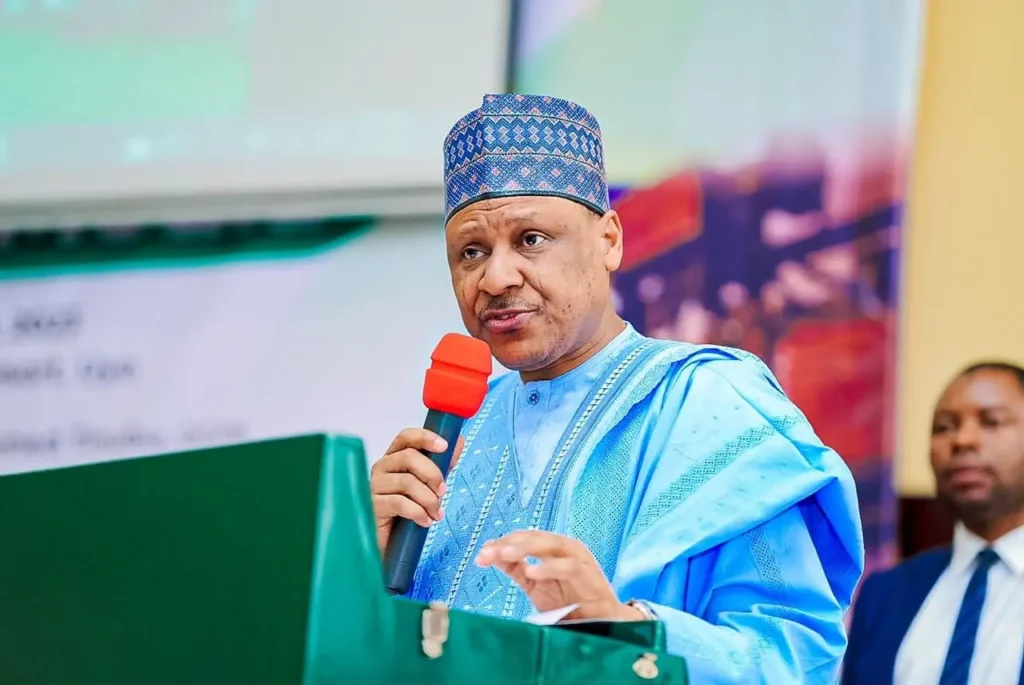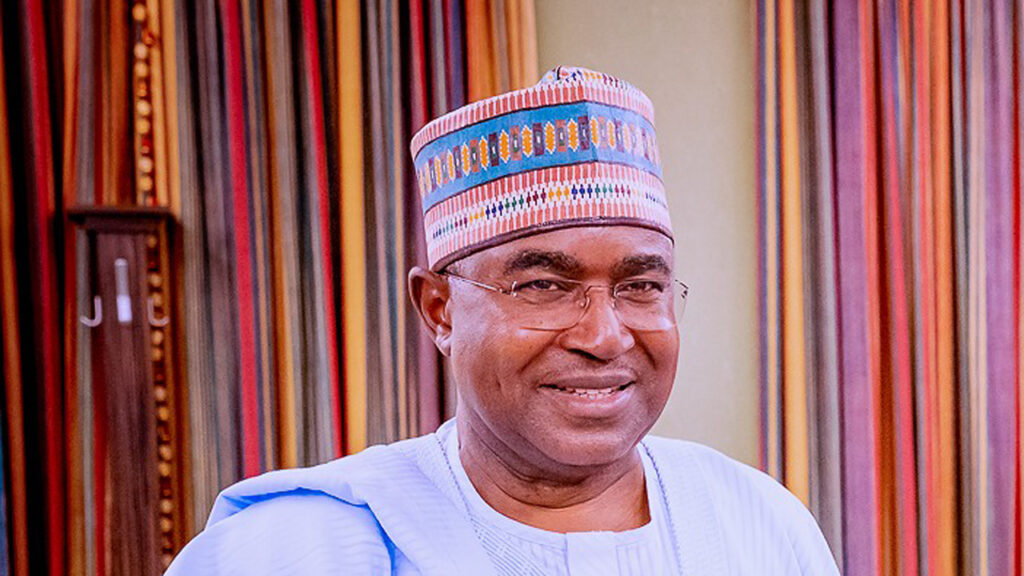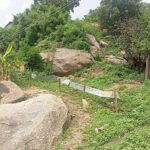
Police Public Relations Officer, Ahmed Wakil, who spoke with journalists, yesterday, said when the campaign team was attacked, security operatives fired their guns., has said the completion of Hadejia Valley Irrigation Scheme (HVIS) in Auyo Local Council of Jigawa State by President Muhammadu Buhari’s administration will give rise to massive investment in agricultural production.
Adamu stated, yesterday, in Kano, that Buhari’s commitment to repositioning irrigation infrastructure to accelerate food production led to the rehabilitation and expansion of HVIS abandoned in the past 40 years.
Buhari commissioned the N17 billion project, on Monday, amid cheers by residents of Auyo and Hadejia local councils, who trooped out in their numbers to hail the giant stride of the Federal Government.
On the economic viability of the multi-billion naira infrastructure, the minister emphasised that a household farmer is projected to earn an average of N770,000 profit with N90 million potential revenue generation per farming session.
His words: “HVIS is one of the five interventions of the Ministry of Water Resources under the World Bank-assisted Transforming Irrigation Management in Nigeria (TRIMING) programme, started in 2016. But this is the first to be completed, consisting of 3,000 hectares rehabilitation and 3,000 expansion works.”
Thousands of farmers, especially rice farmers, will benefit a lot from the irrigation that now guaranteed all year-round production. We are not only giving them irrigation, government, through the TRIMMING project, has equipped farmers with farming techniques and new applications of using fertiliser and improve seeds.
“We have about 25,000 potential hectares of land for irrigation, but because of water management, we need to restrict the flow in order to avoid overflow into user communities at the downstream like Yobe state and so on and that is why we limited the facility to 6,000 hectares,” he added.
National Coordinator, TRIMMING Project, Peter Manjuk, said government initiated a system that guaranteed maintenance of the infrastructure mindful of the sustainability deficit of public facility.
Against the tradition, Manjuk explained that ownership and operation system had been entrenched in the users to ensure maintenance culture.
“The project would be sustainable because we have brought all the enablement that made irrigation practice successful globally. Farmers are going to be on the driver’s seat and own the infrastructure.”
At the tertiary level, they will operate, maintain and would no longer wait for the Federal Government to maintain and operate the system.
“Farmers will engage their own workers and operate the system themselves. They have been trained, mobilised and nurtured to sustain the operations with little or no government input. We have the assurance to say that the era where projects government spent a lot to build would be left dilapidated is over,” Manjuk noted.
The 6,000 hectares irrigation infrastructure composed of lined canal with concrete lined Feeder Canal (FDC) that runs for 2.8km and ends at the main division works, clay-lined North Main Canal (NMC) with 19 sectors. The infrastructure also stretches by South Main Canal (SMC) with 25 sectors and Main Drain and Drainage Buffer.











